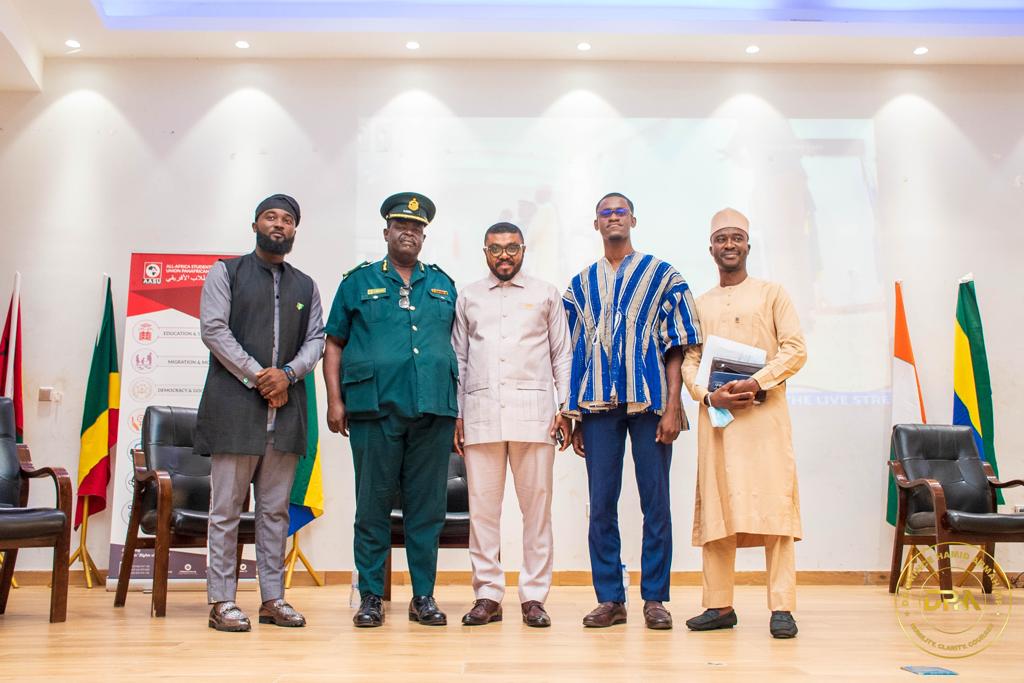Informed medical decisions require critical thinking skills.
Source: RFstudio/Pexels
By 1955, there was such demand for the newly marketed polio vaccine that a black market emerged selling doses at 10 times the standard cost (Kurlander & Juhl, 2021). For the remainder of that decade, demand remained high as almost 90% of manufactured doses were regularly given to enthusiastic audiences (Sirken, 1962, p. 662). It was an era of trust in science, and an era before Facebook.
The education system must adapt to meet the challenges posed by the digital age. The school has traditionally acted as a disseminator of information, teaching students to accept what they hear as fact. At the same time, for a variety of reasons, some of which have already been discussed in Psychology Today, our current educational approach ultimately alienates many students (eg, Young, 2021). The result is a mixture of docility and mistrust. In this context, it makes sense that large segments of the population simply believe what they read on social media without asking questions (Wilson & Wiysonge, 2020).
Vaccine hesitancy is growing due to a catastrophic lack of critical thinking skills and basic scientific understanding (Arede et al., 2019). Whatever the other goals of education, if a high school graduate is not equipped with the intellectual skills necessary to choose to save his life and the lives of those around him, then what good has his schooling done?
Although school attendance is compulsory, many students clearly do not receive a real education there. The model of education as data regurgitation, embodied in standardized tests, undermines a more significant outcome: the development of judgment.
The problem is so prolific that the World Health Organization has listed vaccine hesitancy among the top 10 threats to global health (WHO, 2019). But it should also be noted that some countries are more proactive than others in combating this trend. For example, the WHO is working closely with the UK to dispel misinformation on social media there (WHO, 2021).
In the short term, government action and suppression of misinformation may be the most effective tools to combat vaccine hesitancy (Wilson & Wiysonge, 2020). But these measures do not address the underlying challenges around trust and critical thinking. An innovative approach that has been proposed is to teach the practice of mindfulness (Capulong, 2021). Although more empirical studies should be conducted, there are deductive reasons to believe that integrating mindfulness into the education system will help students develop critical thinking skills (Aguas, 2020).
Of course, vaccine hesitancy is a complex subject. Many complex demographic factors are at play, such as geography, race, socioeconomic status and more. However, at root, the education system has caused or exacerbated the demographic disparities we see between groups, and in this way, its shortcomings are responsible for vaccine hesitancy.
If we are to combat vaccine hesitancy and similar preventable threats to human survival, we must accept that authentic education in the 21st century is not a matter of access to information, but of the choices of our values. In the end, what do we value more: observable phenomena or our own preconceptions? The scientific method is not a series of laboratory steps but rather the worldview that underlies them. It is the fundamental missing piece that makes the modern school the only counterfeit of education. Perhaps mindfulness offers a pathway to the healthy skepticism needed to successfully navigate the digital world.



